Visuals are a vital component to providing a positive user experience on your site. They help enhance your pages and make them visually engaging for your audience. If your images aren’t optimized, however, they can be detrimental to your SEO.
What are the different categories of on-page SEO?
This means it’s arguably one of the most important on-page SEO factors. Schema markup (structured data) helps search engines better understand your page. Schema markup can yield rich snippets in SERPs, which display extra information (e.g., star ratings, event dates). They improve user experience and can build trust with your audience. Google recommends adding links to authoritative external sources to provide value.
On-Page SEO Checker
- You simply set up the files in Claude.ai and have the tool run a complete audit of your content from – top to bottom.
- I also use the power of observation by putting myself in our target audience’s shoes and browsing the site from their perspective.
- It’s also used when an image file cannot be loaded, ensuring that an explanation of the image is still presented.
- Conduct keyword research by searching Google for terms and seeing what surfaces for competitors and other websites.
There’s also a dedicated Yoast Video SEO plugin, if you’re serious about getting your videos ranking. Although this isn’t technically a ranking factor, getting your site into the search SEO Anomaly results requires it, so we thought it should be included here. This analysis can help you understand user behavior across different platforms, which is key to optimizing conversion rates.
As you’ll see shortly, the plugin also handles code tasks behind the scenes. Before you start optimizing pages, there are 3 things to get in place. Not all web applications accurately interpret separators like underscores (_), plus signs (+), or spaces (%20). Search engines also do not understand how to separate words in URLs when they run together without a separator (example.com/optimizefeaturedsnippets/).
To show your page in the search results, Google must first know about that page. It has to be indexed by Google, meaning that this page has been stored in their index. And for that to be possible, you must ensure you’re not blocking Google from indexing your post or your whole site. So check if you’re not unintentionally doing that (we still see this happening!), and ensure your site is indexed. Keyword research is crucial as it identifies what people are searching for, their questions, and the phrases they use to find answers.
Which site ranks highest for a specific search term is primarily based on a website’s content. That’s why your content should be informative, easy to read, and focused on the right keywords that your audience uses. You should perform regular content audits using SEOBoost to assess and maintain content’s relevancy and ranking in search engine results. To keep your content current and ranking well, it should be regularly enhanced with the latest data, fresh images, and the integration of relevant long-tail keywords. A tool can help you transform video content into blog posts, monitor keyword rankings, or conduct content research with unique data visualizations.
They should know where to click and how to navigate through your site. A beautifully designed website is nice, but you should make it your top priority to create a user-friendly website first. Adding videos to your site is a bit more complicated than images. And ranking your videos on Google (or YouTube) comes with its own set of challenges. We’ve got a great series of posts all about video SEO, if you’d like to learn more about optimizing in this area.
The analysis allows you to discover the pages that don’t perform well and find efficient ways to improve them. When looking at this URL, you know the page’s context and what to expect from it. So, as you can see, optimizing your URL is fundamental to helping search engines and users understand the relevancy of your page. However, search engines have advanced far enough to understand how to rank pages based on how users engage with the content. By creating content, you’ll help your business improve your on-page SEO.

